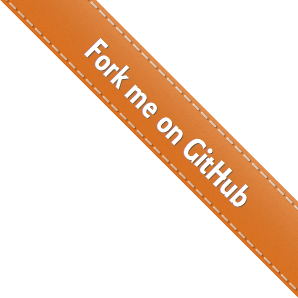I’ve seen such as fancy Bash prompts on various tutorials and Linux examples over the Internet and I’ve always wondered how is achieved. I never really had a enough free time to learn more about it and explore the options. But being jobless for a month gave me opportunity to play with the thinks I like 🙂
My solution is pretty simple: when you navigate to git controlled folder, the bash prompt will show “@ branch” after the directory name. Nothing fancy.
Just open your ~/.bashrc configuration file with your favorite editor and add the following:
get_git_branch () {
git name-rev HEAD 2> /dev/null | sed "s/[a-zA-Z0-9]\+\ \(.*\)/ @ \1/"
}
than put this into your PS1 string:
$(get_git_branch)
so it become something like that
PS1='${debian_chroot:+($debian_chroot)}\[\033[01;32m\]\u@\h\[\033[00m\]:\[\033[01;34m\]\w$(parse_git_branch) \n\$\[\033[00m\] '
Restart your terminal or type bash to start new bash session. Navigate to git controlled folder to test. It should look like this:

test
